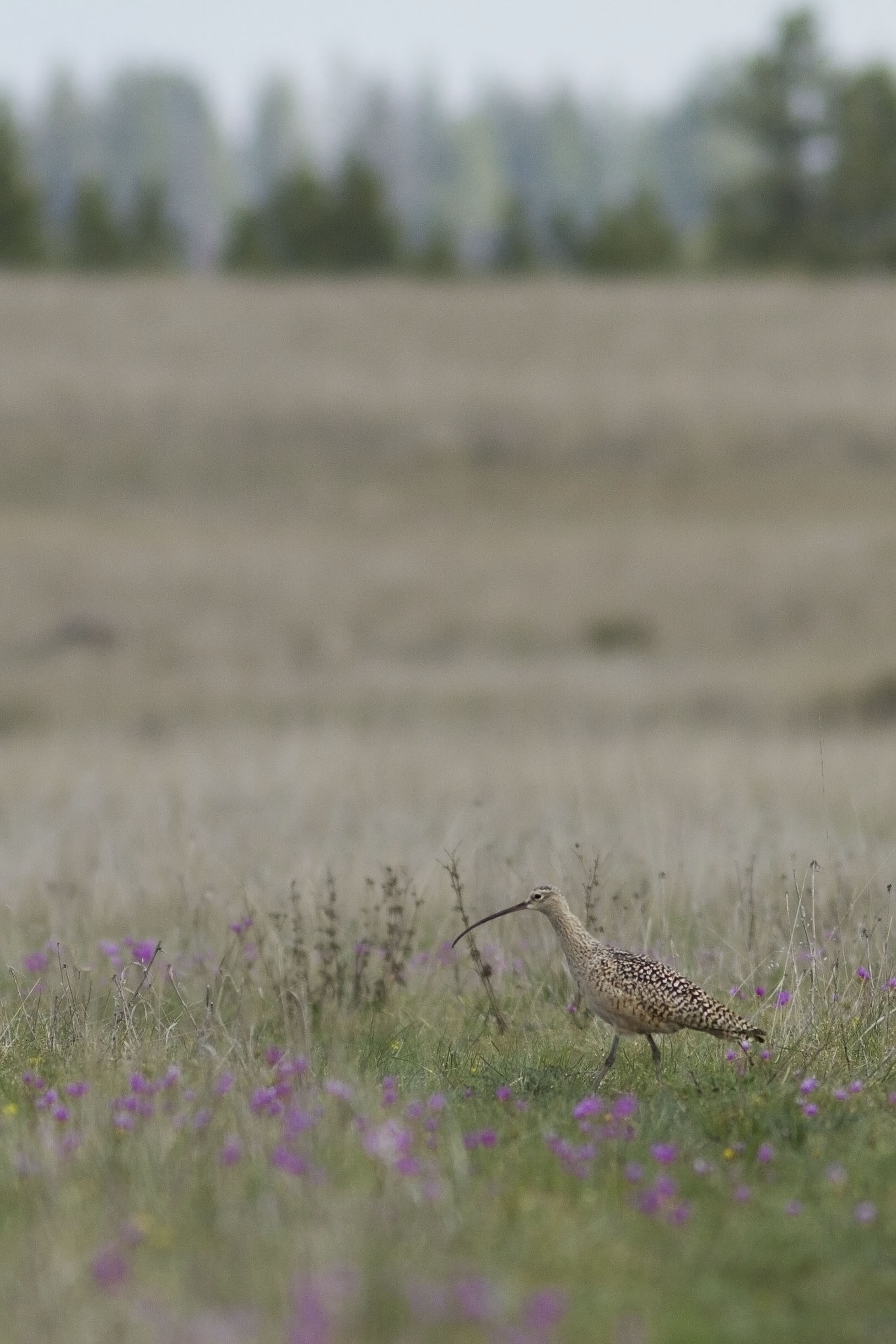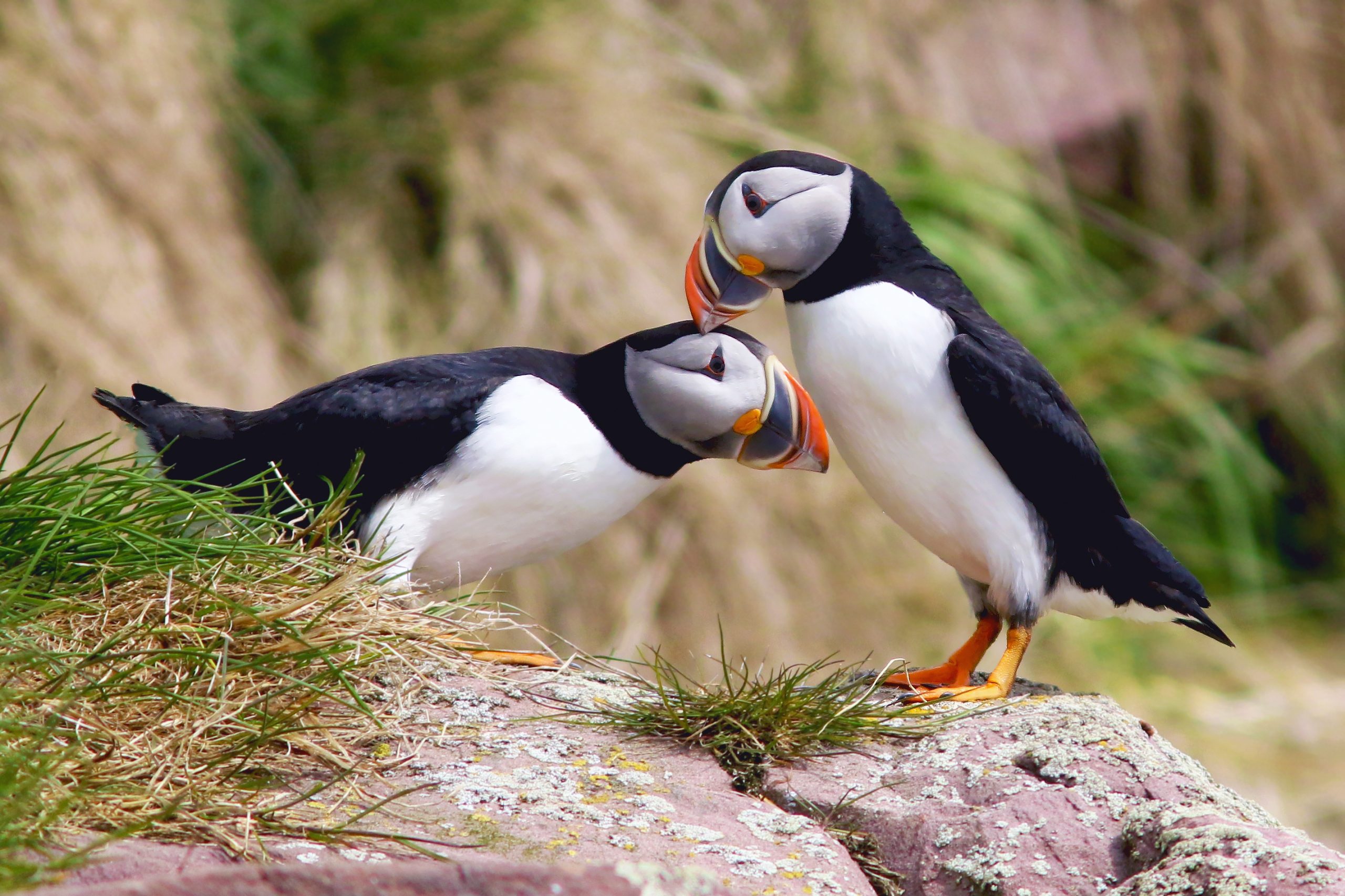Chelsea Aristone, KBA Technician, Molly Bradford, KBA Technician, & Mercy Harris, KBA Technician
In October 2022, Birds Canada, in collaboration with WCS Canada and NatureServe Canada, began an effort to identify sites across Canada that are critical to the persistence of biodiversity, known as Key Biodiversity Areas (KBAs). The KBA Program applies internationally established criteria to recognize places necessary for the persistence of biodiversity. KBAs are an information tool that can inform land use decisions and conservation goals, and preserve ecosystems and the species that depend on them. Birds Canada is leading the ongoing work to identify which existing Important Bird and Biodiversity Areas (IBAs) will meet the criteria to become KBAs. In the past year and a half, great progress has been made in identifying and assessing sites, as outlined in the 2023 Annual Report. This work would not be possible without the hard work and support of IBA Coordinators, volunteer Caretakers, and local experts across Canada.
This month marks the launch of several new KBAs championed by Birds Canada, stretching from Newfoundland to British Columbia. Below, we highlight three of these sites, and some of the important conservation work happening at them.
“This KBA includes some of the most wild, beautiful coastal ecosystems, bogs and heathlands in Nova Scotia,” says Sue Abbott, the Associate Director of Nova Scotia Programs who oversees Birds Canada’s Piping Plover programs. Birds Canada has been actively promoting Piping Plover conservation in this area, with Abbott reporting that Birds Canada volunteers have spent 1,295 hours monitoring and stewarding beaches in this KBA since 2006. While these efforts have helped Piping Plovers, Abbott explains that threats remain, including vehicle use on dunes and beaches which can disturb birds or crush nests. “In this and other KBAs in Nova Scotia, [increased] coastal protection regulations are needed.”

The Roseway to Baccaro area supports almost 25% of the Nova Scotia Piping Plover breeding population. Photo: Missy Mandel
In addition to its importance for birds, residents living within the Skookumchuck Prairie KBA have a deep sense of appreciation for these lands. Locals have played a critical role in leading stewardship and conservation efforts here, with restoration efforts including tree removal and prescribed burning dating back to the mid-1980s.

Skookumchuck Prairie is home to a population of Long-billed Curlew. Photo: David Bradley

